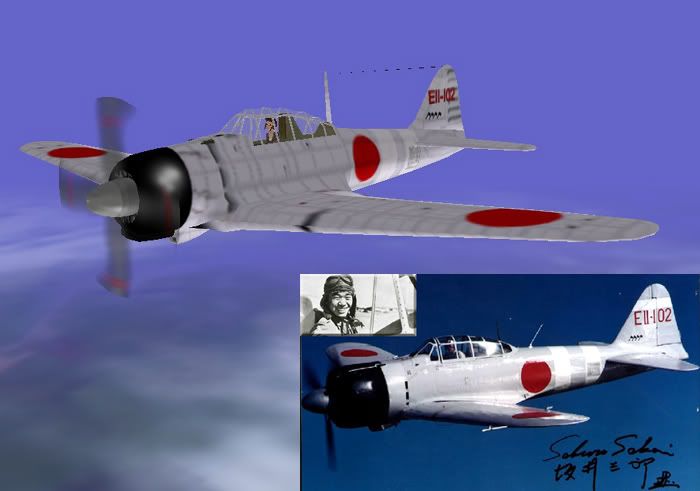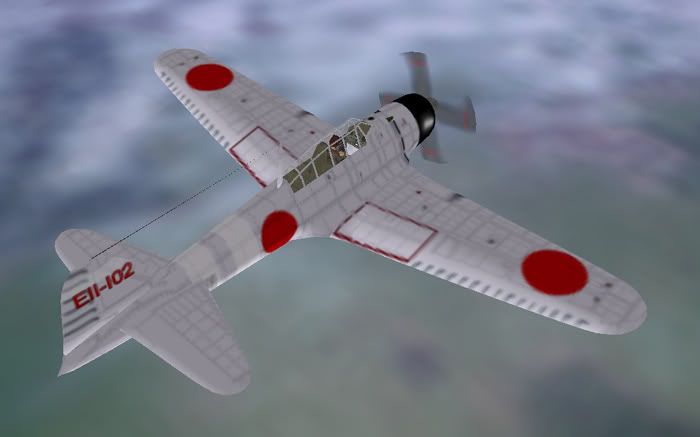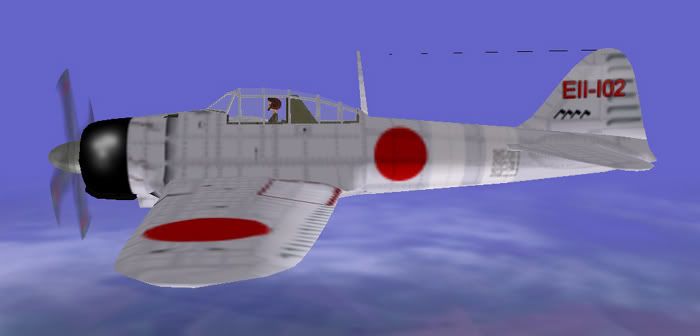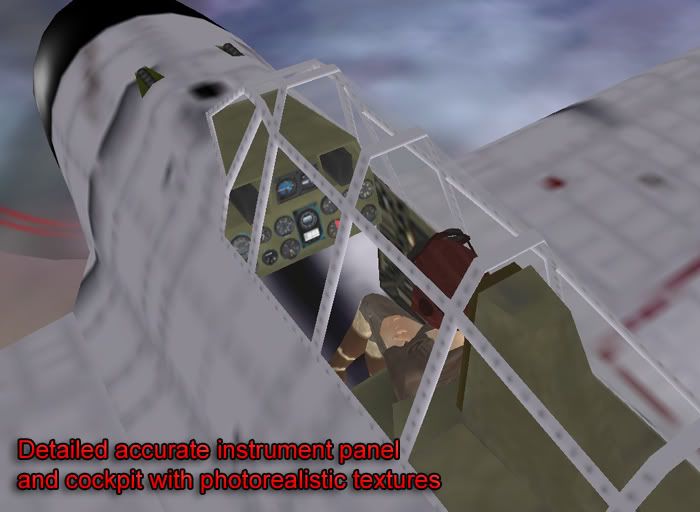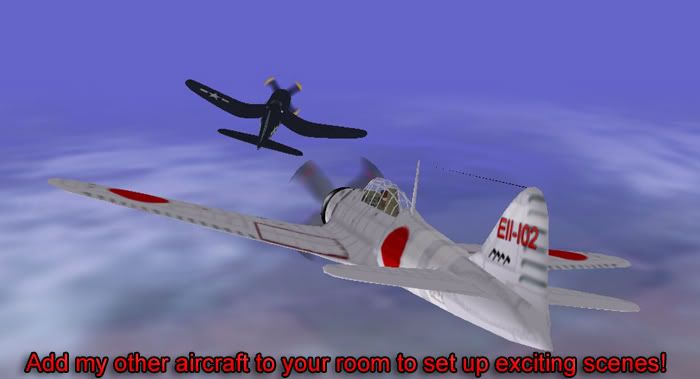Saburo Sakai was born August 16th 1916 in the farming village of Nishiyoka in the Saga prefecture on Kyushu island, Japan. He came from a family descended from a long line of Samurai, Japan's ancient warrior class. Taught to live by the code of Bushido (Hagakure - the code of the Samurai), which meant serving the lords of Saga and living your life prepared to die. After his father's dead at age eleven Sakai went to live with his uncle but by the age of 16 he was sent back to his village in discrace after failing at school and getting into many fights with older boys. This brought great shame not only to Saburo and his family but also to the entire village. "I knew that I had to leave my village. I could not stay there any longer so I enlisted in the navy when I was sixteen. This was in May 1933. I reported to Sasebo Naval Base for training, which was about ninety kilometers from my village, but far enough away for me."
Wanting to raise his status in life, Saburo studied long and hard and in 1935 he passed the Naval Gunnery School entrance exam. After which he was assigned to the battleship Haruna as petty officer 3rd class."This ship had sixteen-inch guns, the largest in the world at that time; this class of battleship would only be surpassed by the Yamato and Musashi, and all the world knew we had the best great ships." In 1936 he began flight training. After graduation, "We had additional training in land and aircraft carrier landings at the Naval bases of Oita and Omura in Kyushu, and instrument flying was stressed heavily. This cannot be underestimated, for it saved my life in 1942 I can tell you. This training lasted three months, although I never flew from a carrier during the war. Then I was sent to Formosa (Taiwan) where we had a base at Kaohsiung. Then I was sent to southeastern China and in May 1938 I had my first combat."
In 1942 he was flying a combat air patrol over New Guinea with orders to engage any aircraft he saw. While flying this mission he encountered a Dutch military C-47 at low altitude over dense jungle. On board were wounded soldiers, Dutch military nurse and civillians being evacuated from a combat area. "I thought that these might be important people fleeing, so I signaled to the pilot to follow me. The pilot of the aircraft was courageous enough not to follow me so I came down and got much closer. Through one of the round windows I saw a blonde woman, a mother with a child about three years old. So I thought I shouldn't kill them. As a child I went to a middle school for two years, a school I was later expelled from. While I was there I was taught by an American, Mr. Martin. And his wife came to the class to teach us while her husband or the other teachers were away. She was good to me. And that woman in the airplane looked like Mrs. Martin. So I thought that I shouldn't kill them. So I flew to ahead of the pilot and signaled him to go ahead. Then the people in the plane saluted. The pilot saluted me, and the passengers. I don't know where it went: either to the United States or Australia. I couldn't find out. But a few years ago I came to find out where that plane went back to Holland. Newspapermen from Holland came to visit me to find out if it was true. Well, anyway, I didn't respect my orders that day but I still think I did the right thing. I was ordered to shoot down any aircraft, but I couldn't live with myself doing that. I believed that we should fight a war against soldiers; not civilians."
During his service with the Imperial Japanese Naval Air Service Saburo Sakai was credited with 60+ aircraft shot down and was Japan's fourth highest scoring fighter ace.
For more of my products just click my banner below!
Sounds Included:
Short burst of the machine guns - trigger: guns
Endless loop of the engine sound - trigger: engine
Derivable A6M2 Zero available here:

